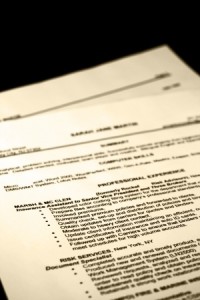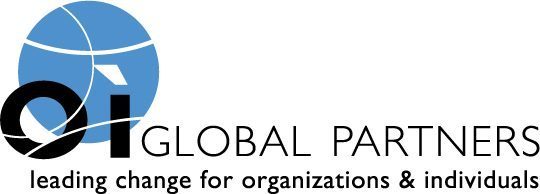In my coaching practice, I am often asked by clients what a job seeker can do to make a cover letter stand out and get an employer to seriously consider them for a job. As a start, if you do an Internet search on “how to write a cover letter,” you know there is plentiful information and advice about what works in putting something together that presents you best. How do you sort out the information so it makes sense for you in writing your cover letter?
 Here is some useful information based on coaching clients and conversations with HR practitioners who make decisions on the first pass of your resume. Keep in mind: no matter your experience level or what kind of position you are seeking, creating a well-written cover letter in responding to a help-wanted advertisement or through a networking contact can greatly improve your chances of landing an interview.
Here is some useful information based on coaching clients and conversations with HR practitioners who make decisions on the first pass of your resume. Keep in mind: no matter your experience level or what kind of position you are seeking, creating a well-written cover letter in responding to a help-wanted advertisement or through a networking contact can greatly improve your chances of landing an interview.
- Keep the letter brief with five to six tightly constructed paragraphs. The length may lead to a letter that is longer than one page, but write no more than one-and-half pages. Always proof read the letter and have someone else read it before you send it to an employer.
- Your letter should follow the basic format of a typical business letter. It should be formal and address it to a specific person when you can obtain the contact information. If you don’t have the name of a specific contact, use “Dear Hiring Manager” in your salutation. The letter should contain six general pieces of information:
1. Your contact information
2. First paragraph – Why you are writing
3. Second and third paragraphs – What you have to offer
4. Fourth paragraph – An attention grabber
5. Concluding paragraph – How you will follow-up
6. Your sign off - The contact information. Your masthead should be the same masthead you are using in your resume and reference sheet. The masthead needs to include your name, address, telephone number, email and LinkedIn addresses.
- Why you are writing. Always indicate how you heard about the opening, especially if an employee or someone known to the hiring manager referred you. Include the position title and the job posting number in response to a job posting.
- What you have to offer. You may want to write two separate paragraphs. In the first paragraph, give a brief summary of your career. In the second paragraph use a two-column format referring specifically how your experience and abilities match the qualifications listed.
- An attention grabber. When you know the name of the company, refer to news about the employer, or use a company quote. This informs the reader you have taken the time to customize your letter to the company’s position.
- How you will follow-up. The final paragraph is your call for action! Close by reinforcing your interest in the job and informing the employer how they can reach you, including your telephone number (even though it can be found in your masthead). If you know who the hiring manager is, indicate that you want to arrange an interview to further discuss your qualifications. State you will be calling in a few days as a follow up to your correspondence.
- Your sign off. Finish your letter with “Sincerely” or “Best Regards,” skip a few spaces, and type in your name.
When writing a cover letter, keep in mind one of Mark Twain’s famous quotes, “The secret of getting ahead is getting started. The secret of getting started is breaking your complex, overwhelming tasks into small manageable tasks, and then starting on the first one.”
My suggestion is to look at the job of writing a cover letter one paragraph at time instead of the overwhelming task of having to write several paragraphs at the same time.
What are your suggestions for writing a well-written cover letter? I’d love to hear what has worked well—and also, what hasn’t.
You may also be interested in these posts: 7 Tips for Acing an Interview, 12 Useful Tips for Job Seekers and Buzzwords to Avoid on Your Resume.
Ray Blush has been managing partner of OI Global Partners – Hugh Anderson Associates in Ann Arbor, MI for 17 years. His prior background includes 25 years of top corporate, divisional, and plant-level general management and human resources experience in high-tech medical devices, machine tool and cutting tool industries. He holds an M.B.A. in Industrial Relations from the University of Detroit, and a B.A. from Xavier University. Holds a Certificate in Tool & Die from Macomb County Community College and has taught Small Business Management Continuing Education courses. He has served in leadership roles in several community service organizations. He can be reached at rblush@oipartners.net.
Share this post:

Comments are closed